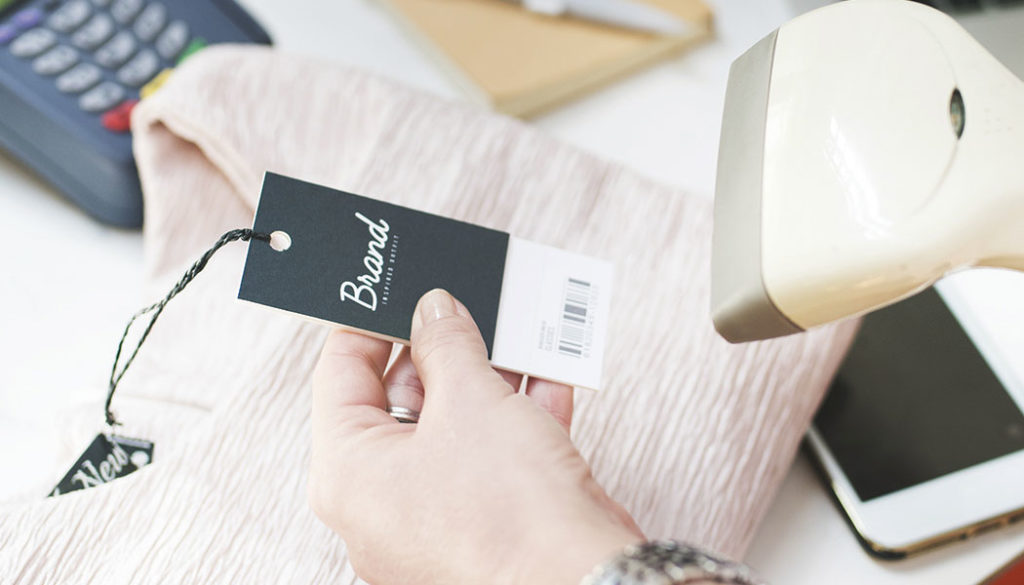La industria Retail no puede sobrevivir sin BI y he aquí el porqué
By Timothy Tan, Kevin Tan
November 13, 2014
I recently visited a mobile phone retail store in Shanghai and saw an impressive array of phones on display. On closer inspection, I noticed only 2 brands were widely recognized as being sold globally and at least 5 brands were available exclusively within China. I picked one of them up – it was light, chic and incredibly sleek. The display was a dazzling sight of icons that looked similar to the world’s most popular brands. The price was unbelievably affordable, too – less than a fifth of what you’d pay for an unlocked phone in the U.S.
There was just one issue (that likely saved my marriage in the process): it wasn’t compatible with networks outside of China. The sales lady explained that it’s only a matter of time before they overcome this network barrier and flood the market. If it was guaranteed to work in the U.S., I would have bought 5 of them, one for each day of the week.
During the same trip, I visited another shopping complex where they sold shoes wholesale. There were multiple stores with a great variety of footwear for a fraction of what most people would pay in any developed Western country.
If one day the floodgates were to open and these products were to be exposed to the world, retailers would have their backs to the wall, with the variety, affordability and the Internet tolling the death knell.
Given the prices, exportability and the dynamics of the market, how do these stores stay competitive?
It’s Rough Out There
For any retail business to stay competitive, it’s crucial to analyze the source of its growth. To a retailer sitting on its laurels, this paradise of growth can be shattered in a flash. Barbarians at its gate, in the name of ‘world business’ led by ‘the Internet’ – together with a growing population of armchair warriors – young, smart and totally fashion-conscious Internet shoppers lead the charge. They are backed by an increasing number of competitive retailers recruited by the suppliers to spread products far and wide.
By the time you wake from your nap and take a look at the falling profits in the business, the ability to fight back becomes an uphill battle especially if your seeds of growth haven’t been planted ages ago. Sourcing for innovative products, keeping costs low, being logistically efficient without compromising service and effective marketing is the highest zenith all retail climbers seek to achieve.
Looking at the mobile phone shop above, they stay competitive by bringing in innovative products and providing great customer service. For the wholesale shoe shop, they have negotiated contracts with retailers, and also have a Web shopping site where prices are way below retail. Did I mention they have a wide variety of footwear?
Despite the diverse and complex nature of businesses out there, they share the common need to improve customer satisfaction and operational efficiency, reduce costs and increase profits. Unless you’re able to measure something, you don’t know if it is getting better or worse, right?
Right.
There is an unquestionable need for accurate information for decision making in this complex and dynamic industry fraught with thousands of changing products, high turnover staffs, promotions, fraud, buying patterns and tough competition. In fact, according to a report by MarketsAndMarkets, the retail analytics market is expected to grow from $1.88 billion in 2014 to $4.40 billion by 2019. The returns of using retail analytics must be very appealing indeed for that much investment!
Hello, Analytics
Retailers today collect data from many sources. First was the adoption of point-of-sale (POS) system with UPC barcode scanning. This improves data capture accuracy and provided the data to calculate sales, gross margin, sales/store area, GMROII (Gross Margin Return on Inventory Investment). The basic focus is on branding, advertising, store layout and shelf/store space planning, pricing, markdowns, promotions, product category management, basic demand forecasting and inventory allocation. Retailers started to track and analyze purchases of individual shoppers via customer loyalty programs.
This data can be used to estimate customer value and loyalty, measure individual-level response to direct mail and other targeted promotions based on customer demographics and purchase history pattern, and conduct market basket and customer retention analysis.
The pervasive use of internet to research and compare products and prices on the internet by consumers has shifted some bargaining power from retailers to consumers. Retailers are therefore becoming more customer-centric. Now there are digital advertising displays, electronic price tag, e-tail (online and mobile retail), social media engagement and even measurement of consumer response to the in-store environment and manage the shopping process via real-time tracking (radio frequency identification {RFID} beacons on shopping carts, video and thermal scanners in the ceiling). Retailers must harvest and demand more out of their data using business intelligence.
Why Business Intelligence?
Business intelligence can deliver business value throughout a company – especially for decision makers. Some retailers even allow or charge their suppliers the access to some of the analysis. A major retailer of Home Videos and Games has created analytics personalized to their retailers’ area of sales, by district, customer demographics, titles for rent/sale, and the recommendation of similar genres to carry, and to certain key customers who rent and buy videos and games. This information is then sold to the producers who value that because oftentimes they do not have visibility to consumer sales analytics.
It may look something like this (for those who haven’t seen BI analytics before):
Additionally, an IT retailer uses analytics extensively to track enterprise and store performance against target. The marketing team is able to track general and targeted promotion effectiveness against events and its loyalty program. The company has been very successful with store clustering that drive down sales for each store yet increase the overall sales and drive out competition. Another recent successful strategy was creating house brand products with high margins.
The BI Case
From a reporting perspective, business intelligence can be classified into the following areas:
If you are a retailer, you would probably have thought of the following questions:
– How much time and effort is spent on preparing reports? Am I spending more time creating them compared to analyzing what I have collected?
– Am I able to do ad-hoc analyses without being overly reliant on IT department?
– What valuable nuggets of information can I get from each key report, how can I trim ‘reporting fat‘?
Conclusion
It’s dangerous these days to be in retail without either a sound plan or an extremely rich aunt with the funding equivalent of the GDP of a small country. Fortunes can be made and lost equally as quickly without the right strategies and technology in place. Needless to say, the most basic business intelligence will keep you afloat, coupled with the timeliness of those key reports and indicators which allow for quick decisions, ensuring the agility in tactical execution of day to day operations, and also providing insight on which products the market and customer segments favor.
No budding retailer will jump into shark infested waters without a sound plan in this day and age. From ensuring their reports are well designed with clear outcomes and analysis available online anywhere, to strong market research, customer loyalty, supplier communication, being in touch with technology, a retailer’s job never ends. With the right recipe, they will see their shops flourish and nothing can be more satisfying to know that you are ahead of your competitors because retail without business intelligence is truly futile.
| Timothy Tan works for ZAP as a Partner Technical Specialist where he handles support help desk and project implementation with partners. Timothy has more than 12 years of experience working with business intelligence technologies and has implemented various retail BI project specifically. He marvels at nature and loves to go on holiday vacations with his family. |




